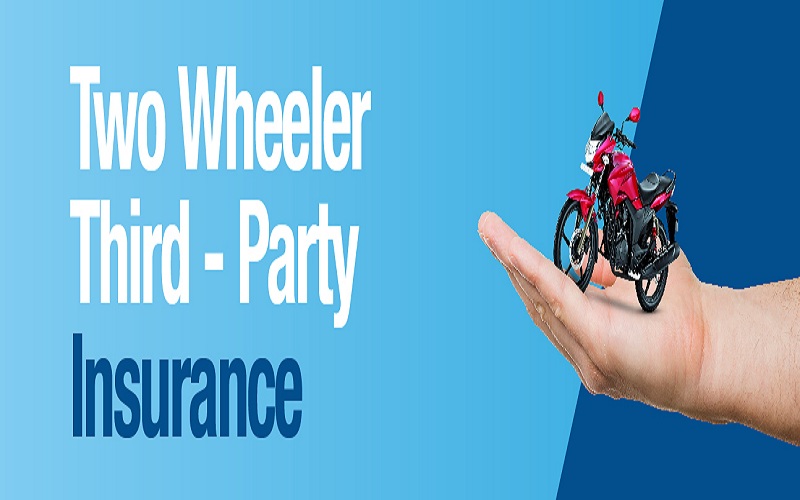In the ongoing pursuit of enhancing road safety, introducing the Automatic Headlight On (AHO) feature in two-wheelers has become a crucial milestone. This feature, mandated since April 1, 2017, ensures that a two-wheeler’s headlights remain illuminated, contributing to increased visibility and accident prevention. As we delve into the significance of AHO, we also explore its impact on aspects such as battery life, potential alternatives like Daytime Running Lights (DRLs), and the overall safety landscape on Indian roads. Additionally, we consider the imperative role of two-wheeler insurance policies.
India faces a grave road safety issue, with over 1.5 lakh lives lost in traffic accidents in 2021. Two-wheelers, in particular, have the highest accident rate among vehicles. Recognising this, cities mandate helmet use, and carmakers focus on designing safer vehicles. A notable safety feature is Automatic Headlight On (AHO), which has been required in all new two-wheelers since April 1, 2017.
Understanding AHO:
AHO, or All-Time Headlight On, ensures that a two-wheeler’s headlights stay illuminated from when the vehicle is turned on until switched off. This regulation aims to reduce accidents caused by malfunctioning headlights. AHO serves multiple purposes: creating a sense of presence on the road, enhancing visibility during adverse weather, and facilitating safer overtaking with its high beam.
Operational Mechanism:
AHO is straightforward; it automatically activates when the two-wheeler is turned on and deactivates when turned off. The headlight can be adjusted for high or low beams, promoting visibility during different conditions. Regular servicing ensures the proper functioning of AHO.
Potential Alternatives:
While there’s no direct substitute for AHO, some bikes feature Daytime Running Lights (DRLs) that enhance visibility even when the main headlight is off. However, AHO remains a regulatory standard aimed at improving overall road safety.
Battery Concerns:
A common concern is the impact of AHO on the two-wheeler’s battery life. Modern models are designed with robust batteries, minimising the drain caused by AHO. Manufacturers prioritise maintaining typical battery life while adapting AHO operation.
Pros And Cons:
The benefits of AHO include improved safety features, reduced accident risks, and advantages in challenging terrains. However, it may pose concerns for low-power battery performance and potential environmental impact due to increased daytime headlight usage.
As we navigate the intricacies of the Automatic Headlight On feature, it becomes evident that its integration into two-wheelers has substantially improved road safety. This feature addresses visibility concerns and underscores the continuous evolution of vehicle safety standards. In parallel, the importance of securing a comprehensive two-wheeler insurance policy focusing on third-party coverage must be balanced. Claims are subject to terms and conditions set forth under the motor insurance policy. *
Third-party two-wheeler insurance is mandatory as per the law. Whether considering the two-wheeler insurance renewal of existing policies or emphasising the identification and safeguarding of the chassis number in bikes, these measures collectively contribute to a holistic approach to fostering safer journeys.
Before purchasing a two-wheeler insurance policy, it is crucial to meticulously check and note down the chassis number in the bike to ensure accurate documentation and coverage.
Embracing advancements in vehicle safety features and being diligent in insurance considerations form an essential duo in promoting a secure and responsible riding environment on Indian roads.
*Standard T&C Apply
Disclaimer: The content on this page is generic and shared only for informational and explanatory purposes. It is based on several secondary sources on the internet and is subject to changes. Please consult an expert before making any related decisions.
Insurance is the subject matter of solicitation. For more details on benefits, exclusions, limitations, terms, and conditions, please read the sales brochure/policy wording carefully before concluding a sale.

